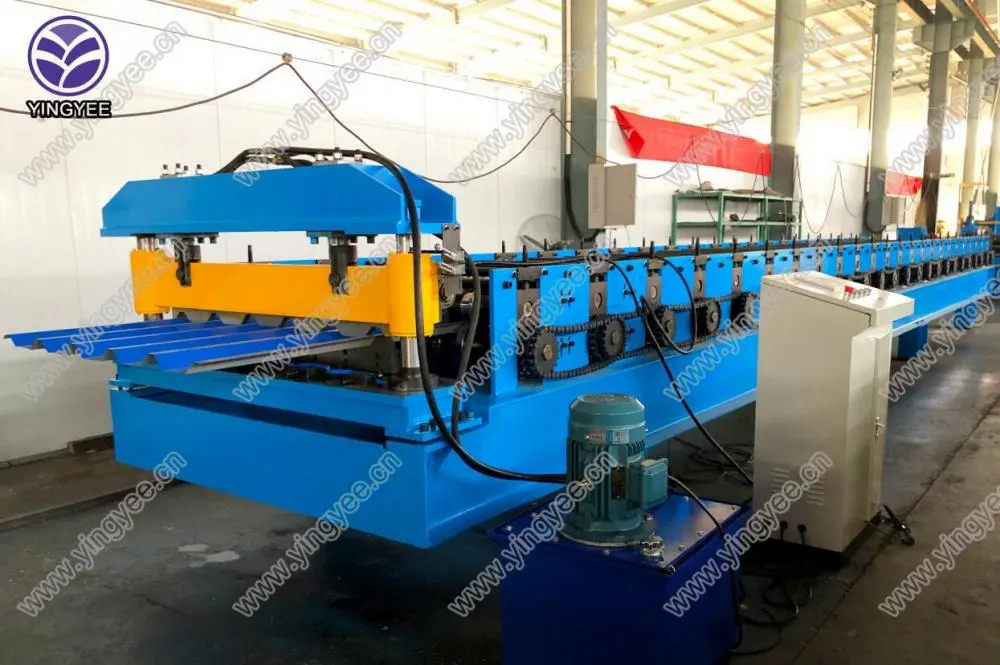
The Evolution and Benefits of Standing Seam Roof Machines
Standing seam roofs have gained considerable popularity in the construction industry due to their durability, aesthetic appeal, and energy efficiency. These roofs consist of metal panels with raised seams that interlock vertically, offering superior weather resistance and minimal maintenance. Central to the advancement of this roofing system is the standing seam roof machine, a specialized piece of equipment that fabricates and installs these systems efficiently.
Understanding Standing Seam Roof Machines
Standing seam roof machines are designed to create metal panels for roofing systems. These machines can either be portable or stationary, depending on the project needs. The primary function of a standing seam roof machine is to roll-form metal sheets into specific profiles that create a tight waterproof seal. The machines use advanced technology to ensure precision in dimensions and consistency in design—factors critical for the longevity of the roof.
Several types of standing seam roof machines are available on the market, varying in complexity and functionality. Some are designed for mobile applications which allows fabricators to work directly on-site, enhancing productivity and accommodating diverse project scales. These machines can produce panels with varying widths and seam heights, catering to different architectural styles and functional requirements.
Benefits of Using Standing Seam Roof Machines
1. Durability and Longevity The standing seam roofing system is known for its robust construction that can withstand severe weather conditions, including heavy rain, snow, and high winds. The standing seam roof machine produces panels that are often made from high-grade materials like aluminum or steel, which contribute to a longer lifespan compared to traditional roofing materials.

2. Efficiency and Cost-Effectiveness With the use of a standing seam roof machine, contractors can significantly reduce the time and labor costs associated with manual fabrication. The automation of panel production ensures quicker installation, enabling roofing projects to be completed promptly. Additionally, by minimizing waste and optimizing material use, these machines further enhance cost-effectiveness.
3. Aesthetic Versatility Standing seam roofs offer a sleek, modern look that can complement various architectural styles. The machines can produce a range of styles and colors to suit the specific aesthetic goals of a project. By using a standing seam roof machine, builders have the flexibility to create custom designs that cater to client preferences.
4. Energy Efficiency Many standing seam roof machines can produce panels with reflective coatings that help manage heat absorption. This characteristic is advantageous for energy efficiency, as it can reduce cooling costs in buildings. Moreover, when properly insulated, standing seam roofs can significantly contribute to maintaining a comfortable indoor environment irrespective of external weather conditions.
5. Ease of Maintenance Given their design, standing seam roofs require minimal maintenance compared to traditional roofing systems. The elevated seams prevent water from pooling and dirt from accumulating, reducing the risk of leaks and other structural issues. This ease of maintenance extends the roof's lifespan and provides homeowners with peace of mind.
The Future of Standing Seam Roof Machines
As technology continues to evolve, so too will standing seam roof machines. Innovations in materials, design software, and automation will likely lead to even more efficient machines capable of producing complex roof designs with precision. Additionally, sustainability concerns in the construction industry are fostering developments in eco-friendly materials and practices, which may markedly influence future standing seam roofing solutions.
In conclusion, standing seam roof machines represent a significant advancement in the roofing industry. Their ability to produce durable, efficient, and aesthetically pleasing roofing systems makes them an invaluable tool for contractors. As this technology continues to evolve, it will undoubtedly play a crucial role in shaping the future of roofing solutions, enhancing both performance and sustainability in building practices.